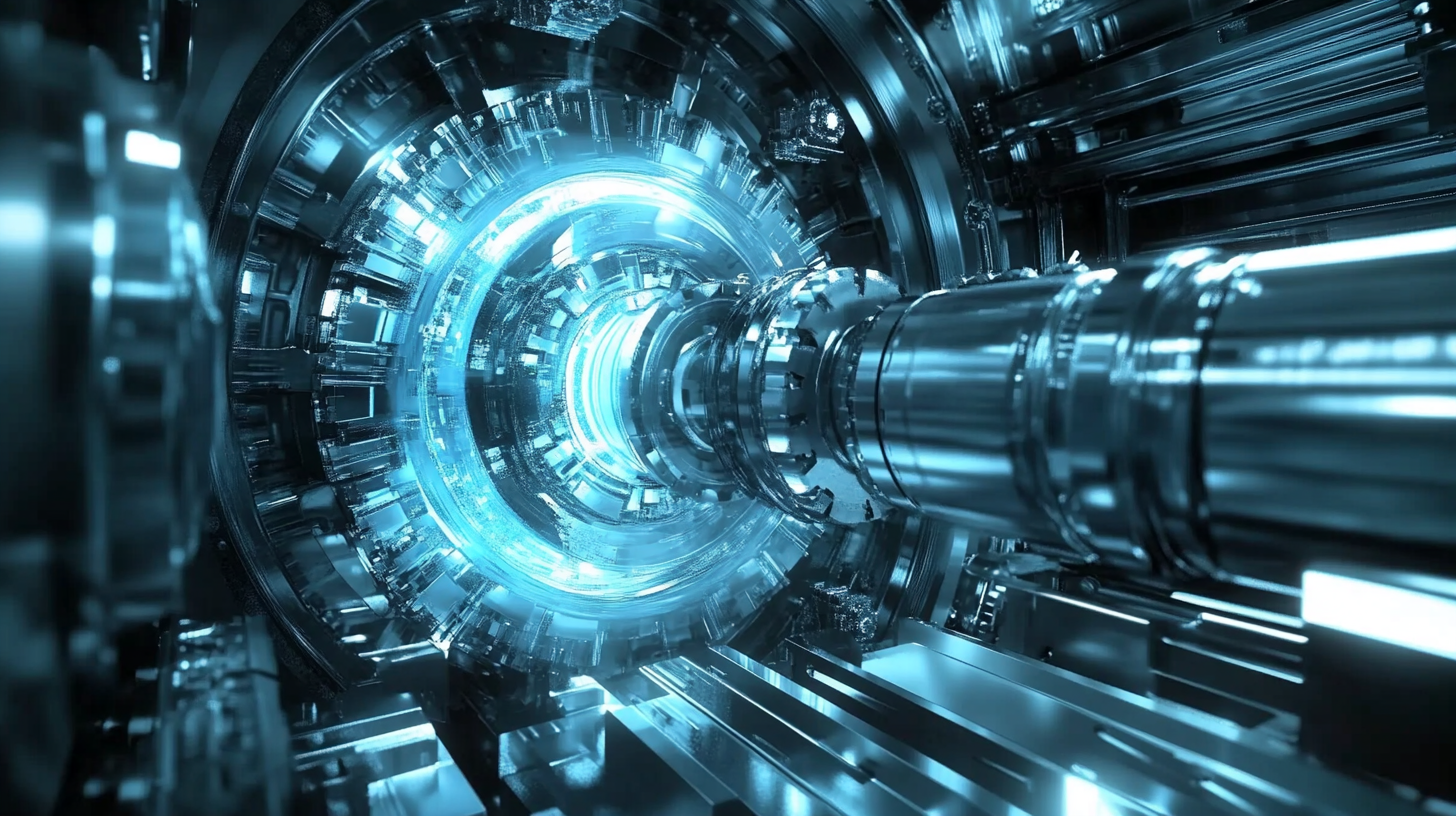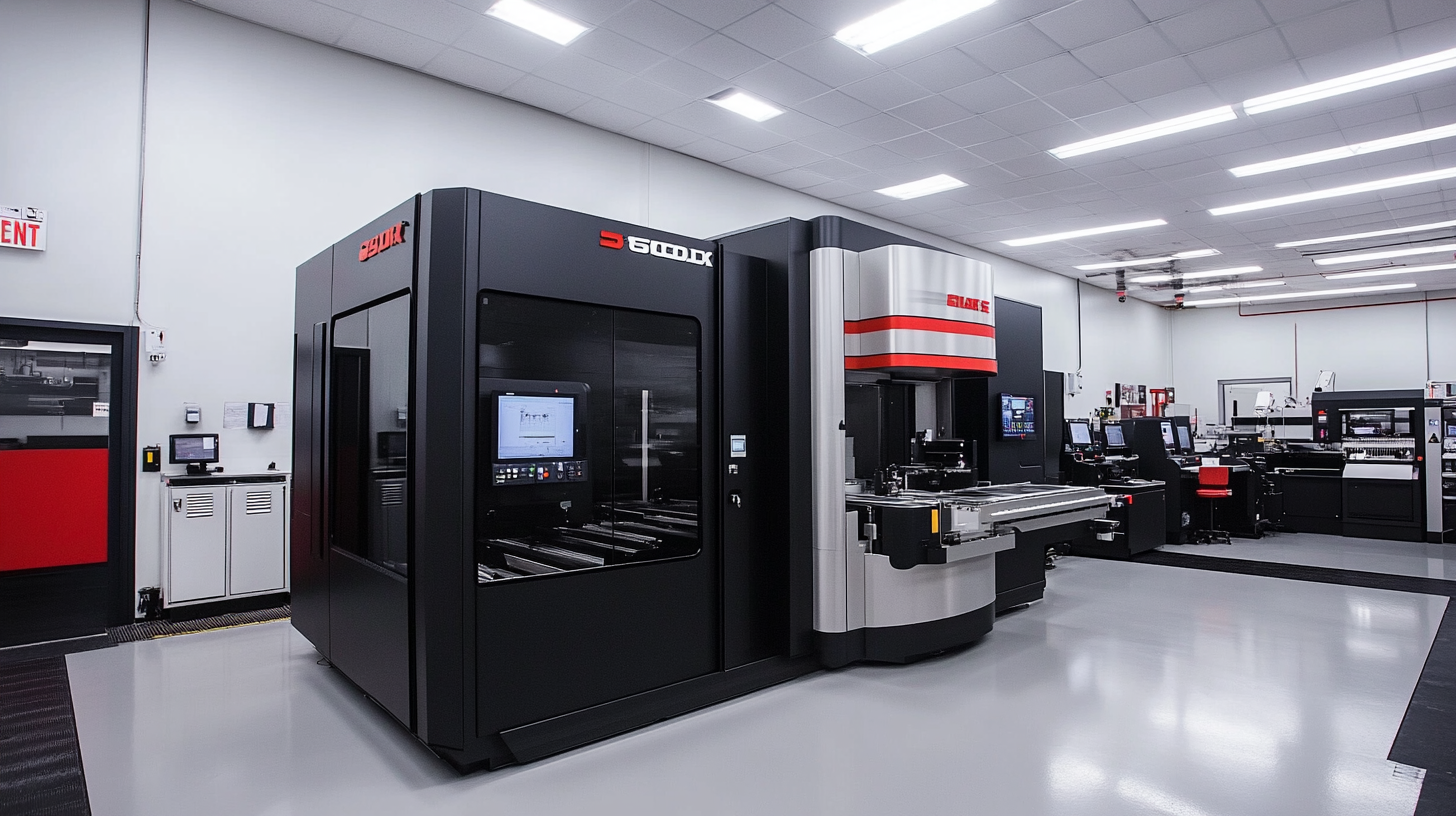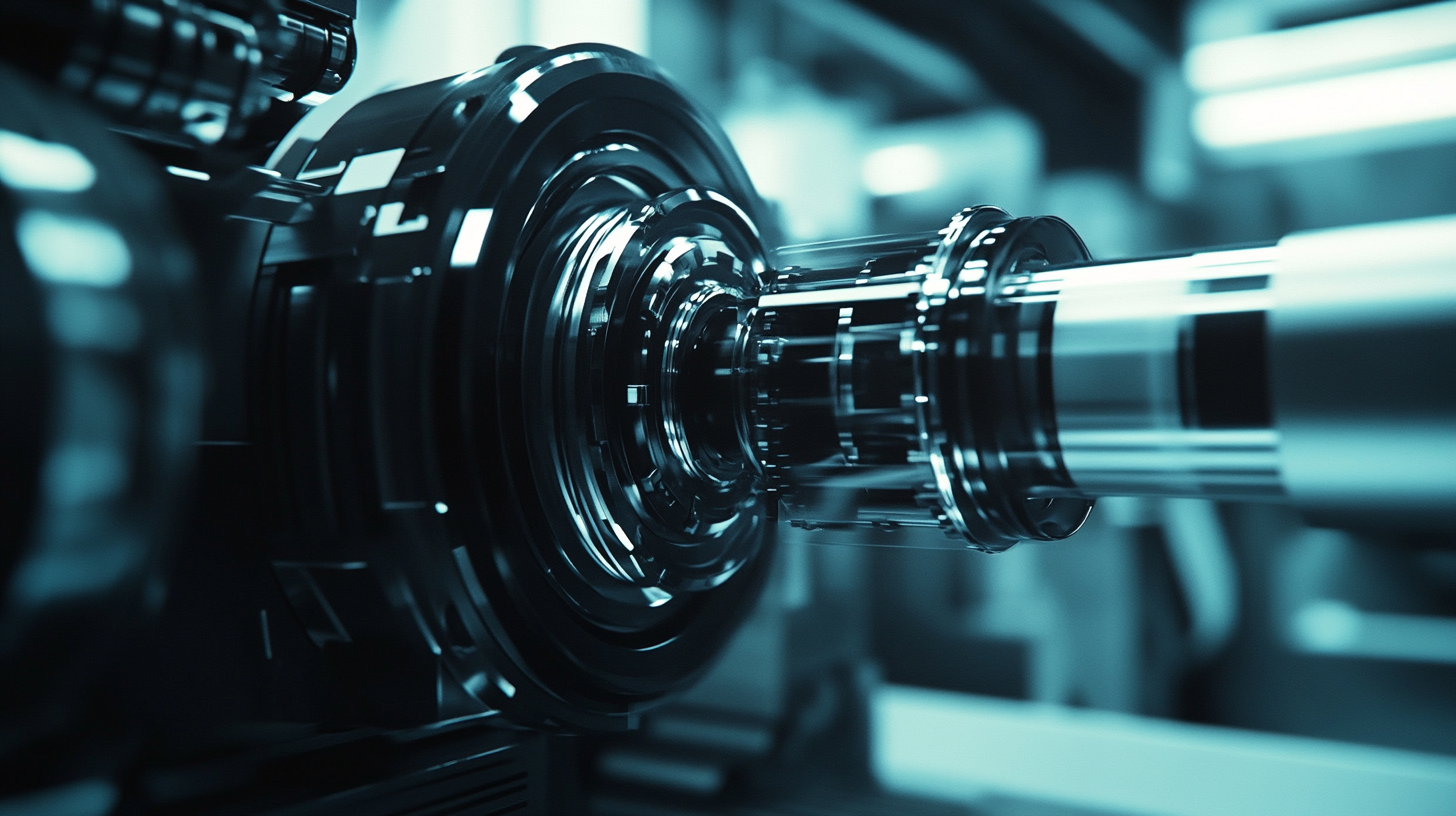Advanced manufacturing technologies have revolutionized the machining process, especially in the last decades, by advanced machines such as the 5-axis CNC Machining Center. A recent report by MarketsandMarkets states that the global CNC machining sector is expected to reach USD 100.3 billion by 2026, registering an impressive CAGR of 6.5%. The primary driving force behind this growth is the increasing demand for precision engineering incorporating complex geometries, which is realizing setting production with less time and high productivity using 5-axis machining operations.
As industries follow towards automation and precision, certification standards of 5-axis CNC Machining Centers become very important. Adherence to global standards confer quality and reliability to products and, at the same time, offers an edge when it comes to competitiveness in international trade. Guidelines have been developed by the International Organization for Standardization (ISO) with regard to many aspects of machining technologies. Knowledge of all these standards is important for manufacturers to achieve certification that can open up new markets and opportunities while assuring their clients of the highest level of quality and performance in the machining activities.

The very latest technological advancement in precision manufacturing, primarily because it accommodates highly complex geometries and very stringent tolerances, is the 5-axis CNC machining. This technology makes it possible for the simultaneity in the movement of 5 axes, enabling intricate detail machining to be done in one setup instead of multiple transfers for parts. The global CNC milling machines market continues to expand and is expected to reach a valuation of about USD 89.52 billion by 2024, thus having a high demand for efficient 5-axis machining solutions. Across the board, maintenance and operation efficiency is the current trend. In continuous data tracking and analysis, the manufacturers can hope for cost reductions in maintenance and downtime by keeping machines operating at optimal performance. With an optimistic growth forecast, the CNC machining and turning centers market will rely on digital solutions enhanced with monitoring for production optimization and increased customer demands met.

Knowing internationalized standards for certification of 5-axis CNC machining centers is important for precision and safety in manufacturing processes. Among them, the most important ones are the ISO standards, and these particular standards fulfill the stringent requirements of quality, such that the machines count towards the eligibility of meeting international standards in accuracy and reliability. More and more companies are coming to realize the need for these standards, especially with the introduction of state-of-the-art technology such as 3D probing cycles, which have improved their operational capabilities.
Increasingly, governments and organizations are recognizing that these are the emerging issues as the market for CNC machines is expected to grow to over $123 billion by 2034. Adherence to safety standards is a prime concern for any institution. Such institutions focused on excellence, like those committed to AS9100 certification, prove how they are in line with rigorous safety and quality standards, which are most important in industry segments such as aerospace or medical. The on-going evolution in the market requires manufacturers to align with global standards in order to foster innovation while gaining a competitive edge in the ever-changing landscape of smart manufacturing.

Certification is like an unavoidable impact in CNC machining since dependent on it, machines are made to meet global standards that tend to quality and reliability. The 5-axis CNC machining centers market is projected to grow by USD 792.5 million between 2024 and 2028, with much of the advancement driven by new technological capabilities such as self-optimized machine cutting and artificial intelligence. Under these circumstances, certification has never been more significant.
Having ISO certified machines gives manufactures a competitive edge in ensuring their compliance with all the health and safety regulations and improving the efficiency of operations within any facility. The installation of high-end 5-axis systems, by which manufacturers demonstrate their interest in trend-setting advancement, continues to become significant in emphasizing high-performance reliable machines that build trust in the market. For businesses looking to carve out a niche in the industry, certification will drive home the validity of their tech and align themselves to those trends that are fundamentally revolutionizing the future of the industry.

5-axis CNC machining center compliance has become a great challenge for manufacturers worldwide because of the theoretical complexity of some test conditions that have to be met. Meeting these very stringent certification requirements becomes bogus operational hurdles. The company has to procure newer technology and put in staff training to not only redefine the capacity of machining centers to meet specifications but also improve efficiency.
Latest trends in machining technology have been taking the form of new solutions aimed at maximizing a precision factor while minimizing the actual floor space occupied. Like compact machining centers that will now require the company to adopt new equipment in line with the new preference for construction-type, space-efficient and labor-saving machinery. Also, because the CNC vertical machining centers market is expected to grow rapidly, these manufacturers will need to be at the forefront in embracing newer technologies and methodologies to maintain compliance with evolving global standards.
The future of obtaining any 5-axis CNC machining certification is on the turning point since the industry is becoming greener and embracing newer technologies. Events like the Taiwan International Machine Tool Show pointedly showed the two angles of Digital Transformation and Green Transformation, thereby signaling a very tangible trend toward the integration of advanced technologies with consideration for minimizing environmental impacts.
In addition, achieving global certifications such as ISO 27001 has brought to the fore the importance of data security and operational excellence, especially from a machining center's perspective. Companies that emphasize such certifications stand to benefit in this dynamic marketplace, which is looking for sophistication and accountability. With precision engineering taking off, manufacturers must adapt their certification strategies toward future trends if they are to remain competitive in a rapidly changing global environment.
5-axis CNC machining technology allows for simultaneous movement across five axes, enabling the production of complex geometries and tighter tolerances in a single setup.
The main benefits of 5-axis machining include the ability to machine intricate designs without multiple workpiece transfers and increased efficiency in manufacturing processes.
The global CNC milling machines market is anticipated to reach a valuation of approximately USD 89.52 billion by 2024, indicating significant growth in demand for efficient machining solutions.
Maintenance is crucial in CNC machining as it minimizes costs and downtime, ensuring that machines operate at optimal performance and enhancing overall operational efficiency.
Future trends in 5-axis CNC machining certification include a focus on sustainability, digital innovation, and achieving global certifications such as ISO 27001 for improved operational excellence and data security.
Digital transformation enhances 5-axis CNC machining by enabling continuous data tracking and analysis, which helps optimize production and adapt to rising customer demands.
Eco-friendly practices are becoming increasingly important, as industries seek to integrate advanced technologies while maintaining sustainable operations in response to market demands.
Global certifications, such as ISO 27001, signify a commitment to data security and operational excellence, helping companies stay competitive in an evolving manufacturing landscape.
Manufacturers can adapt by prioritizing sustainable practices, embracing digital transformation and monitoring solutions, and aligning their certification strategies with industry trends.